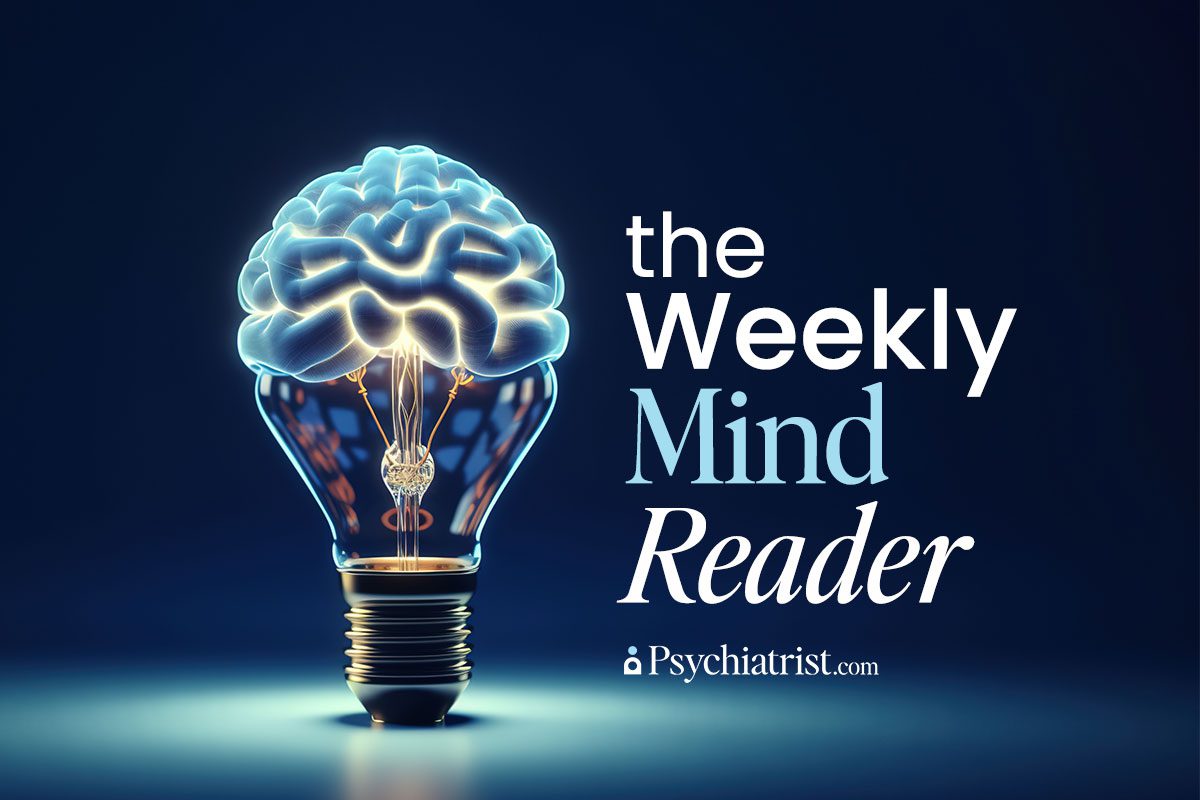There’s more to post-traumatic stress disorder (PTSD) than the mental toll it takes on its survivors. Research has also exposed links to higher cancer risks, cardiovascular diseases, and suicide attempts.
In a bid to better understand its role in those suicide attempts, a group of researchers looked at data from nearly 1,000 survivors of suicide attempts who’d enrolled in the ALGOS study — a multi-center French trial that ran between 2010 and 2013.
The study revealed that 10.1 percent of those participants had received a lifetime PTSD diagnosis. In that group, the risk of reattempting suicide within six months rose significantly, even after the research team accounted for common psychiatric co-morbidities, such as alcohol use disorder (AUD), depression, and generalized anxiety disorder.
What the group found underscores PTSD’s autonomous role in exacerbating suicidal behaviors – especially among women – who made up a disproportionate number of PTSD diagnoses and suicide reattempts.
PTSD’s Role in Suicide Risk
A wealth of studies have established the link between PTSD and suicide, but this latest set of data adds new insight. Specifically, it found that PTSD doubled the likelihood of suicide reattempts.
Earlier studies hinted at a similar pattern but focused instead on narrower populations or excluded comorbidities. This study highlights PTSD’s clear contribution to suicidal behaviors, and (strongly) implies that caregivers might need to focus on PTSD in interventions after a suicide attempt.
As suggested earlier, women living with this disorder appeared to be singularly vulnerable. They exhibited a much higher prevalence of previous suicide attempts and trauma histories that involved childhood maltreatment or interpersonal violence – factors known to amplify suicide risk. These insights align with broader trends of higher PTSD rates and suicide risks among women.
Broader Implications
However, the researchers identified implications that reached beyond suicide reattempts. They also noticed a link between PTSD and higher hospitalization rates. Within six months of the initial attempt, PTSD patients were significantly more likely to be hospitalized in both psychiatric and nonpsychiatric units.
This dual risk highlights PTSD’s complicated health burden, since it typically co-occurs with conditions such as chronic pain, cardiometabolic disorders, and cancer. While psychiatric hospitalizations might stem from recurring suicidal ideation, nonpsychiatric admissions point to the physical consequences of trauma or associated illnesses.
These findings shore up the argument that PTSD places an outsized burden on healthcare systems with notable medico-economic implications. Existing healthcare models often fail to adequately identify (and mitigate) these ripple effects – especially among higher-risk groups like suicide attempt survivors.
Filling Crucial PTSD Care Gaps
Despite its growing prevalence – and grave consequences – PTSD persists as an underdiagnosed (and undertreated) factor among survivors. The paper’s authors argue for routine screening in emergency and primary care settings could dramatically boost early detection and intervention efforts. Promising, evidence-based, treatments include:
- Cognitive behavioral therapy (CBT).
- Eye movement desensitization and reprocessing (EMDR).
But it can be tough for most survivors to secure access to these therapies, especially among more vulnerable populations.
This research underscore the pressing demand to better integrate PTSD-focused care into suicide prevention strategies. For individuals admitted after a suicide attempt, tackling the disorder head-on could cut the likelihood of reattempts while improving overall health outcomes. Strategies such as enhanced screening, comprehensive treatment plans, and targeted follow-ups could ease the long-term health and economic burdens associated with this disorder.
Further Reading
Sex Differences in PTSD Among US Military Veterans
Time to Rethink MDMA’s Potential to Treat PTSD?
Underdiagnosis, Undertreatment, and Noncompliance With Treatment in People Who Died by Suicide



